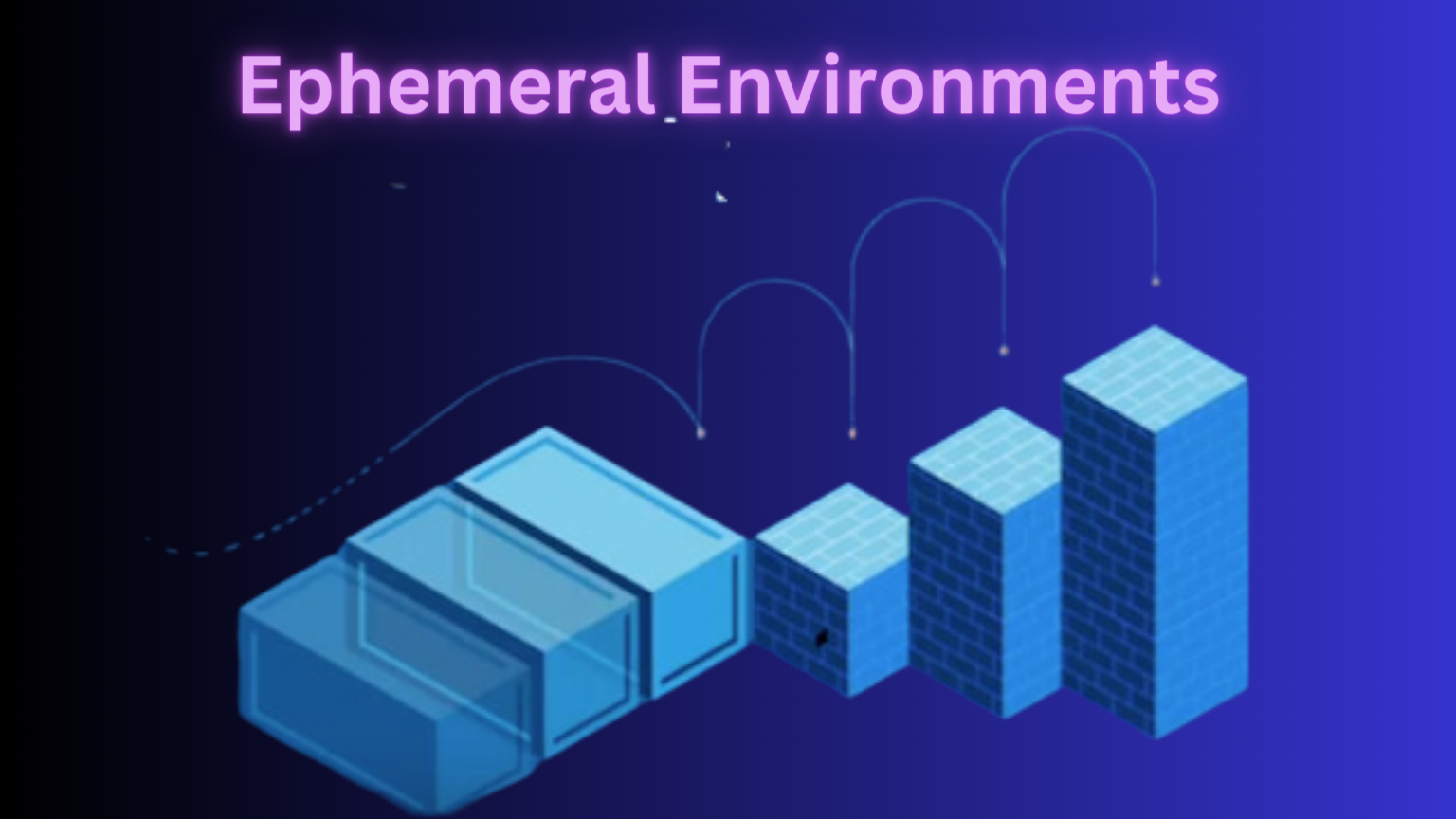A New Scheme for Training Object Class Detectors Using Only Human Verification!
Object class detection is a central problem in computer vision. It involves identifying and localizing objects of interest in an image. One of the most common methods for training object class detectors is through the use of bounding-box annotations. However, manually drawing bounding-boxes is a tedious and time-consuming task. In this article, we introduce a new scheme for training object class detectors using only human verification, which eliminates the need for manual bounding-box annotations.
Electric Car Efficiency vs Gas: A Comprehensive Comparison
The Problem with Bounding-Box Annotations

Bounding-box annotation is a crucial step in training object class detectors. It involves drawing a rectangle around an object of interest in an image. This process is repeated for every object in the training set, resulting in a large number of bounding-box annotations. However, manually drawing bounding-boxes is a time-consuming and expensive task. It requires a lot of human effort and can take weeks or even months to complete.
The Proposed Scheme
To address the problem of manual bounding-box annotations, we propose a new scheme for training object class detectors using only human verification. Our scheme involves three steps: re-training the detector, re-localizing objects in the training images, and human verification. The verification signal is used to improve re-training and to reduce the search space for re-localization, which makes these steps different from what is normally done in a weakly supervised setting.
The Benefits of Using Human Verification
Using human verification in the training process has several benefits.
- First, it eliminates the need for manual bounding-box annotations, which saves time and reduces the cost of training object class detectors.
- Second, it delivers detectors performing almost as good as those trained in a fully supervised setting, without ever drawing any bounding-box.
- Third, as the verification task is very quick, our scheme substantially reduces total annotation time by a factor of 6×-9×.
Other Ways to Reduce Annotation Effort
In addition to our proposed scheme, there are other ways to reduce annotation effort. Some authors have tried to learn object detectors from videos, where the spatio-temporal coherence of the video frames facilitates object localization. An alternative is transfer learning, where learning a model for a new class is helped by labeled examples of related classes. Other types of data, such as text from web pages or newspapers or eye-tracking data, have also been used as a weak annotation signal to train object detectors.
Experiments and Results
We conducted extensive experiments on PASCAL VOC 2007 to evaluate the effectiveness of our proposed scheme. The results showed that our scheme delivers detectors performing almost as good as those trained in a fully supervised setting, without ever drawing any bounding-box. Moreover, our scheme substantially reduces total annotation time by a factor of 6×-9×. These results demonstrate the effectiveness of our proposed scheme in reducing the cost and time required for training object class detectors.
Human-Machine Collaboration Approaches

Human-machine collaboration approaches have been successfully used in tasks that are currently too difficult to be solved by computer vision alone. These approaches combine the responses of pre-trained computer vision models on a new test image with human input to fully solve the task. In the domain of object detection, Russakovsky et al. propose such a scheme to fully detect all objects in images of complex scenes. Importantly, their object detectors are pre-trained on bounding-boxes from the large training set of ILSVRC 2014, as their goal is not to make an efficient training scheme.
Conclusion
In conclusion, the use of bounding-box annotations in computer vision is a crucial step in training object class detectors. However, manually drawing bounding-boxes is a tedious and time-consuming task. Our proposed scheme for training object class detectors using only human verification eliminates the need for manual bounding-box annotations, which saves time and reduces the cost of training object class detectors. Moreover, our scheme delivers detectors performing almost as good as those trained in a fully supervised setting, without ever drawing any bounding-box. As the verification task is very quick, our scheme substantially reduces total annotation time by a factor of 6×-9×. This new scheme for training object class detectors using only human verification is a promising direction for future research in computer vision.

















